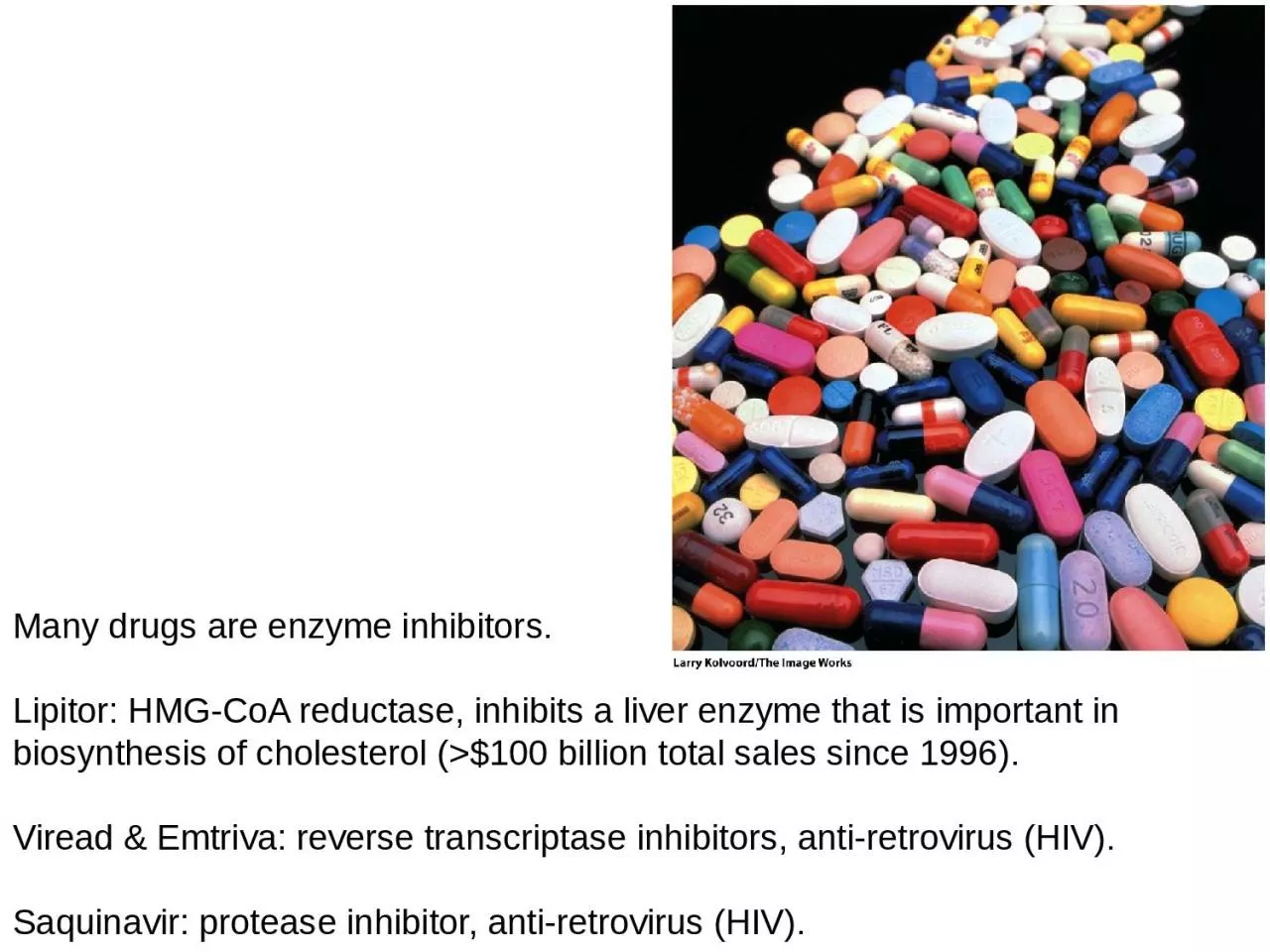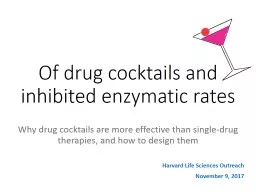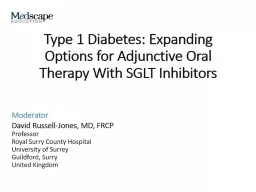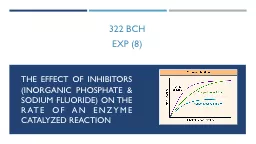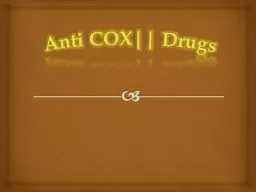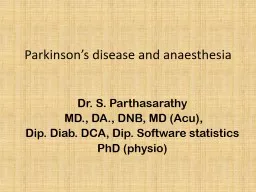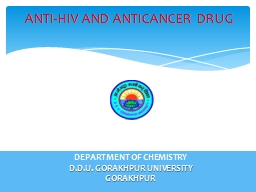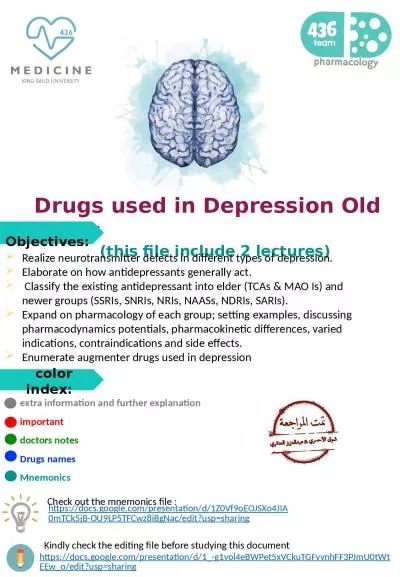PPT-So good for you… Many drugs are enzyme inhibitors.
Author : Dollface | Published Date : 2022-08-02
Lipitor HMGCoA reductase inhibits a liver enzyme that is important in biosynthesis of cholesterol gt100 billion total sales since 1996 Viread amp Emtriva reverse
Presentation Embed Code
Download Presentation
Download Presentation The PPT/PDF document "So good for you… Many drugs are enzyme..." is the property of its rightful owner. Permission is granted to download and print the materials on this website for personal, non-commercial use only, and to display it on your personal computer provided you do not modify the materials and that you retain all copyright notices contained in the materials. By downloading content from our website, you accept the terms of this agreement.
So good for you… Many drugs are enzyme inhibitors.: Transcript
Download Rules Of Document
"So good for you… Many drugs are enzyme inhibitors."The content belongs to its owner. You may download and print it for personal use, without modification, and keep all copyright notices. By downloading, you agree to these terms.
Related Documents

